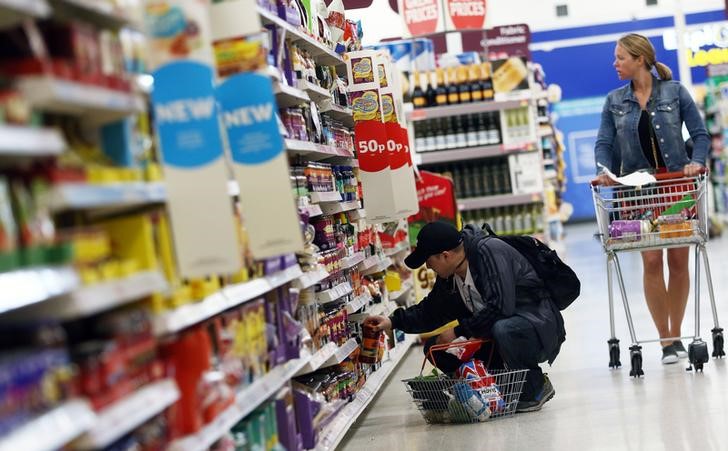Investing.com - The annual rate of change in Britain's consumer price index fell to 2.5% last month, the Office for National Statistics said on Wednesday.
This was compared to 2.7% in the previous month.
Economists had forecast the reading to remain steady at 2.7%.
Since reaching a recent high of 2.8% towards the end of 2017, the rate has fallen back to its lowest since March 2017.
Month-over-month, consumer price inflation rose 0.1% in March.
That compared to an increase of 0.4% in the previous month.
Analysts had expected a gain of 0.3%.
Core CPI, which excludes food, energy, alcohol, and tobacco costs, rose at a seasonally adjusted rate of 2.3% last month, below forecasts for 2.5%.
Core inflation advanced 2.4% in February.
The retail price index (RPI) increased by 3.3% on an annualized basis in March, compared to previous month’s 3.6% rise.
Analysts had expected RPI to register a 3.5% gain.
Month-on-month, RPI increased by 0.1% in March, below expectations for a 0.3% advance.
RPI increased 0.8% in February.
Core RPI increased at an annualized rate of 3.4% in last month, lower than the 3.6% rise registered a month earlier.
Economists had expected the reading to repeat February’s gain.
Month-on-month, core RPI rose by 0.1% in March, compared to the 0.8% drop in the previous month.
Consensus forecast was looking for a repeat of the 0.8% gain.
The data also showed that the house price index rose 4.4% in March.
Economists had forecast a gain of 4.8%.
February’s data was revised down to a rise of 4.7% from an initial 4.9% gain.
The ONS indicated that the largest downward contribution to the change in the rate between February 2018 and March 2018 came from prices for clothing and footwear rising by less than they did a year ago, with the effect coming mainly from a range of items of women’s clothing.
